Tioga County Historical Society 'From Doll House to Our House' exhibit: What to expect
It is once again time for some shameless self-promotion and a well-deserved thank you to a wonderful group of people.
I am referring to a very busy week at the Tioga County Historical Society. After the success of "O Tannenbaum" over the November-December period, a major cleanup of the museum at 110 Front St. in Owego occurred.
This was to make way for not one, not two, but three exhibits to be created and opened over the next several months.
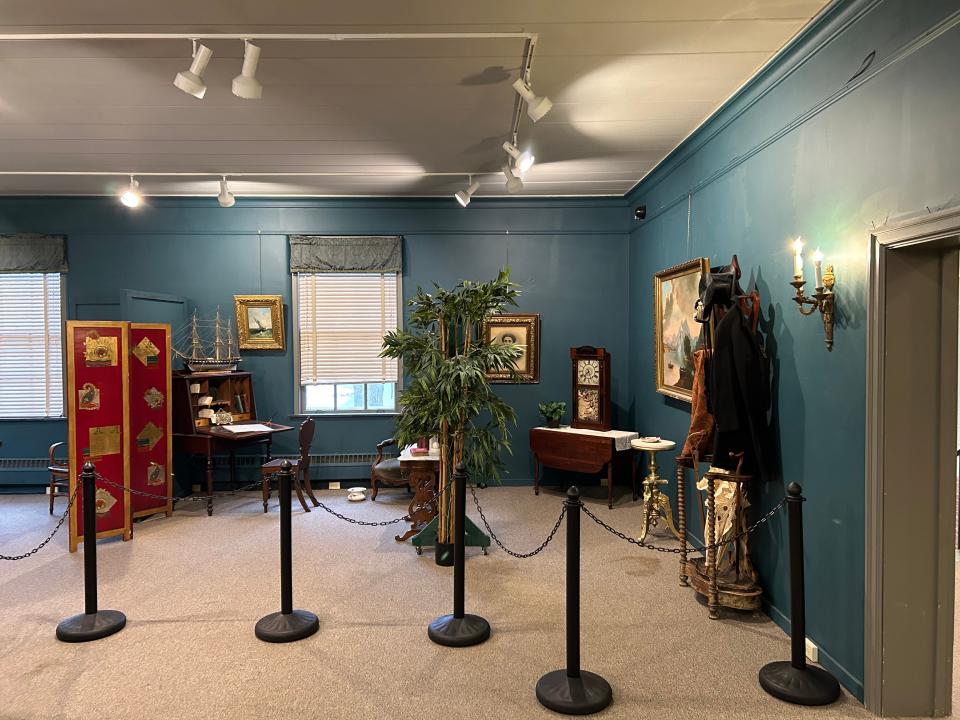
The first started as an idea over a lunch session around our conference table, and developed into a new exhibit that will open on Wednesday, Feb. 14, and remain up until Oct. 14. It is called “From Doll House to Our House,” and the exhibit begins with a visit in our east gallery to view a wonderful Second Empire style dollhouse. Inside are a look at furniture and lifestyles covering the period from 1880 to 1910.
It is a popular look with Victorian parlor sets, a dining room with settings on a sideboard, a gentleman’s study, a bedroom, bathroom, and even an attic.
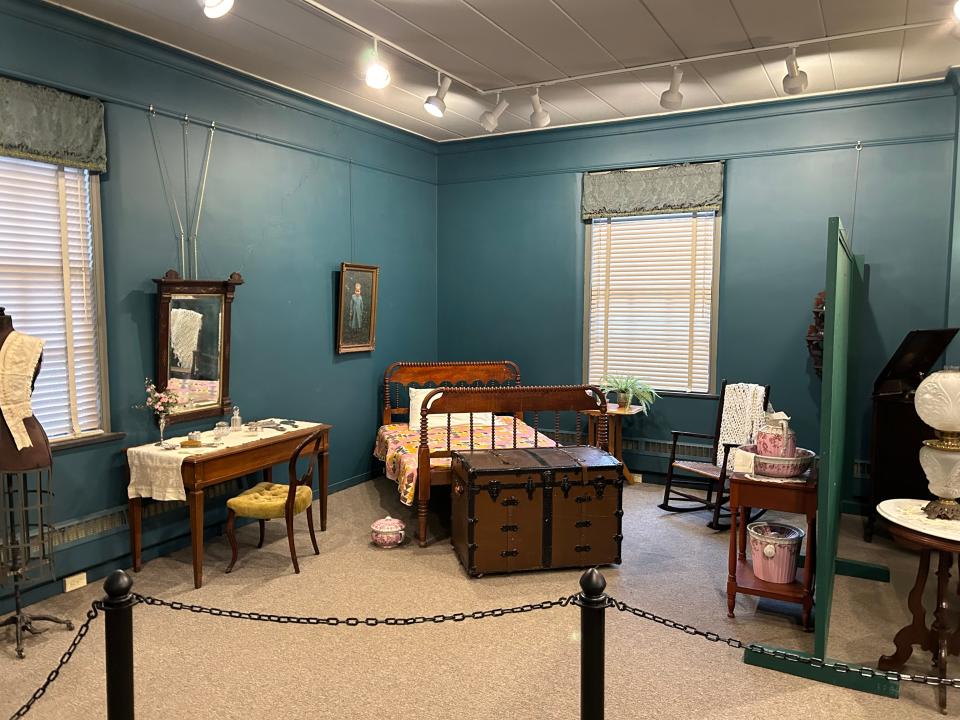
The dollhouse is contained in large Plexiglass exhibit case. That is only the start of the exhibit, and through the minds and abilities of our staff and volunteers, the west gallery takes you from that dollhouse and recreates those rooms in full.
From the world of miniatures to the furnishings from the past of Tioga County, you can step into the receiving parlor, look in on the family dining room, enjoy the luxuries of the parlor, and even take a look at the bedroom and sewing room from more than a century ago.
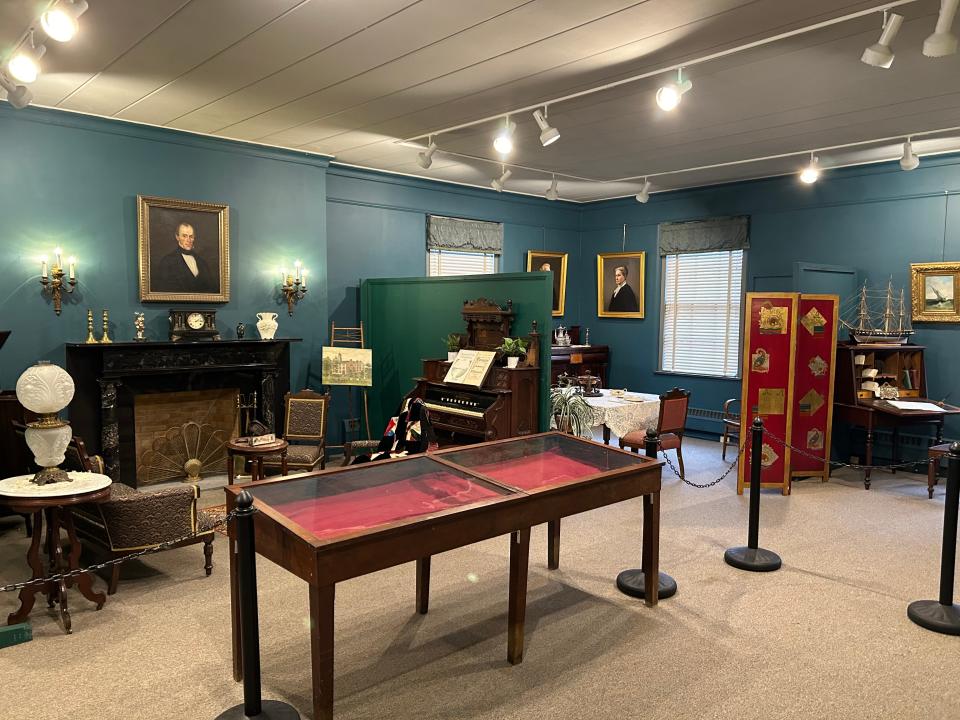
If that is not enough, the exhibit marches you past exhibit cases showing only a few of the examples of those luxurious Victorian homes of many styles that dot the landscape around this region.
In a few weeks, the exhibit will lead you into the main gallery where two more exhibits will be available for the visitor to the museum. There will be more news about those exhibits as we approach their opening in the near future.
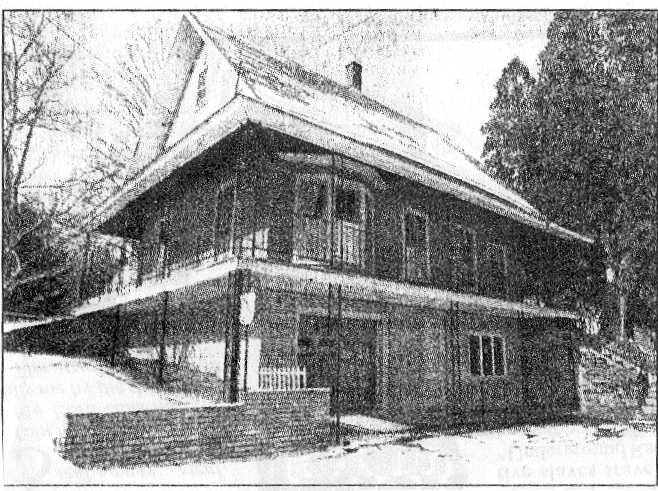
The end of the week will lead us to our second monthly program of the year. This program will occur on Saturday, Feb. 17, at 2 p.m. on the upper floor of the museum. Since it is February and Black History Month, I will be presenting “Follow the North Star: The Underground Railroad in Chemung, Tioga, and Broome Counties.” This will be a PowerPoint presentation which developed over many years of research.
Like many areas in the northeastern United States, this region was involved in the Underground Railroad. This effort, starting mostly in the early 1830s and culminating during the Civil War, relied on a network of people called conductors who were willing to risk their own freedom to assist runaway slaves attempting to make their way toward freedom.
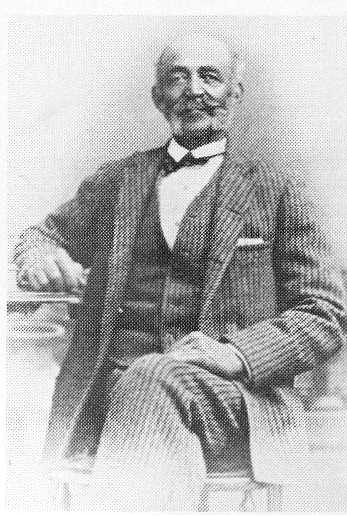
In some cases, those now free African-Americans would stay in a local community, while most followed fairly established routes and headed toward Canada where they were provided equal rights to the other residents.
It is a fascinating study, and I was vice-president of the Southern Tier Underground Railroad Historical Society where we were able to erect markers and do more study on possible people involved.
More: World War II blackout drills in Broome County: How the region prepared in 1942
This program will outline those routes known to have been used and some of the stops along the way. It is not a complete listing of every location as often its basis lies in local folklore. Too often someone finds a tunnel or imagines that their home was a stop because of its age. Often, that is not the truth, but it does provoke more study into an effort that allowed people of color to shirk those bindings of slavery and seek freedom.
Mine is a personal study that will be discussed during the program. That presentation is free and open to the public. Space is limited, and we are looking into a possible streaming on the Facebook page for the Tioga County Historical Society. No promises, though, from this studier of history.
Join us this week for our new exhibit and our program. Good times, great history.
Gerald Smith is executive director of the Tioga County Historical Society and a former Broome County historian. Email him at historysmiths@stny.rr.com.
This article originally appeared on Binghamton Press & Sun-Bulletin: Dollhouse, Victorian furnishings on display at Tioga County museum

